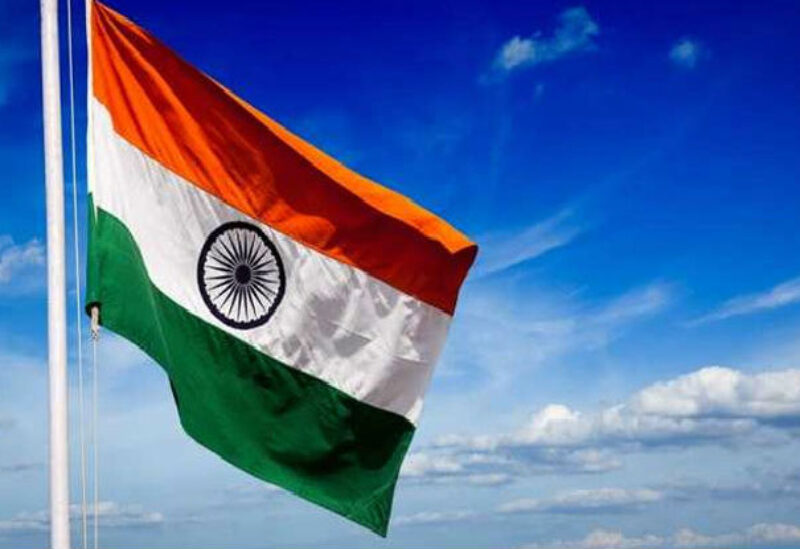
Indian flag
Finding a new chief to invigorate the country’s main opposition party, will be the main topic in the high-level meeting on Saturday, for the Indian National Congress, often referred to as the “grand old party of India.”
The Congress — which held power for more than 50 of independent India’s 74 years — secured less than 10% of parliament seats in the 2019 general election, which saw Prime Minister Narendra Modi’s Bharatiya Janata Party (BJP) secure a resounding victory.
The Congress has been grappling with leadership crises in several states, allowing the BJP to rule without any real political threats.
The ailing opposition party, which previously played a pivotal rule in India’s struggle to gain freedom from British colonial rule, is now looking to overcome its hurdles by adapting to the concept of a “new India.”
The northern state of Punjab is an important stronghold for the Congress. The state is also the epicenter of India’s massive farmer protests, which have been viewed as the biggest challenge to the Modi government since it took power in 2014.
Under Chief Minister Amarinder Singh, the Congress was expected to maintain its stronghold in Punjab as it went to the polls next year.
However, intense infighting, an unexpected resignation and a major upheaval of leadership in the state, left the party in shambles. Singh resigned as Punjab’s chief minister.
Similar crises were also witnessed in other states like Madhya Pradesh, which saw an elected Congress government fall after the party leadership in New Delhi ignored young regional leaders like Jyotiraditya Scindia.
The Congress currently governs just three of India’s 28 states — Punjab, Chhattisgarh and Rajasthan.
The leadership of Punjab’s new chief minister remains untested; Chhattisgarh’s chief minister is seeing new challenges to power while Rajasthan’s government remains unstable.
As Congress struggles to overcome its own internal battles, the ruling BJP party has been left without any serious challengers to its power, prompting many to ask the question: “If not Modi, then who?”
While the Congress does not seem to be in a position to offer an alternative leader, the party has set its goals on improving its electoral performance in Uttar Pradesh next year.
PM Modi and his party have already been aggressively campaigning in the northern state, which goes to the polls next year.
Earlier this month, the BJP came under fire for violence in the state’s Lakhimpur Kheri district, where at least four farmers were killed when a vehicle allegedly belonging to a junior minister in Modi’s cabinet ran over a crowd of protesting farmers.
Days after the tragedy, Modi visited Lucknow — 130 kilometers from the site of the incident — and hailed Adityanath’s leadership in the state, but did not mention the farmers who lost their lives.
Senior leaders of the Congress lashed out at Modi, accusing him of ignoring the farmers’ plight. But the Congress has also come under fire for politicizing the violence.
“People looking for a quick, spontaneous revival of Congress-led opposition based on the Lakhimpur Kheri incident are setting themselves up for a big disappointment,” said political strategist Prashant Kishor, referring to the party’s attempt to question the BJP over the incident.
“Unfortunately there are no quick-fix solutions to the deep-rooted problems and structural weakness of the Congress.”
Now, the party is attempting to revamp its image and challenge the BJP by inducting popular young leaders like Kanhaiya Kumar and Jignesh Mevani, both vocal critics of the ruling party.